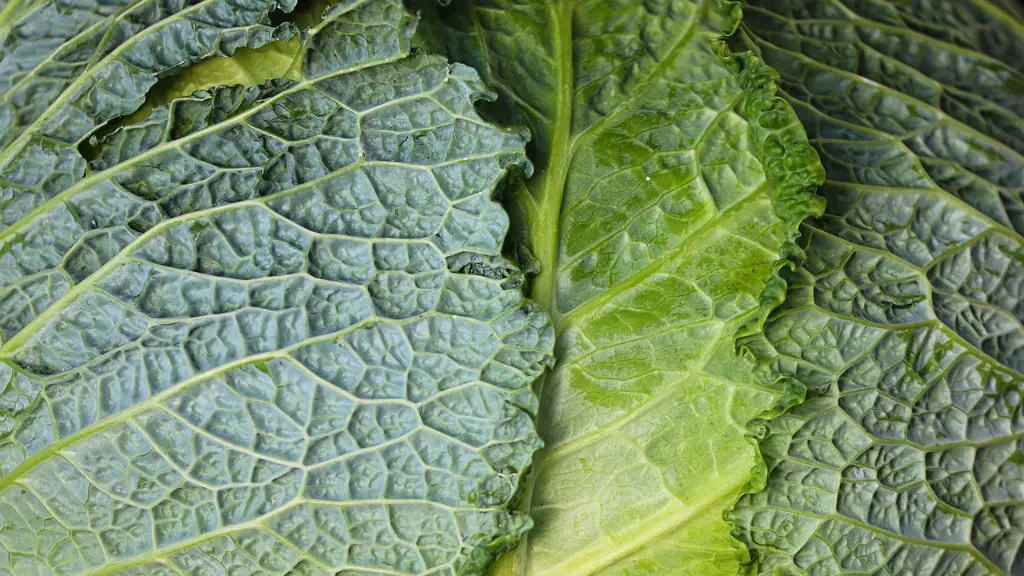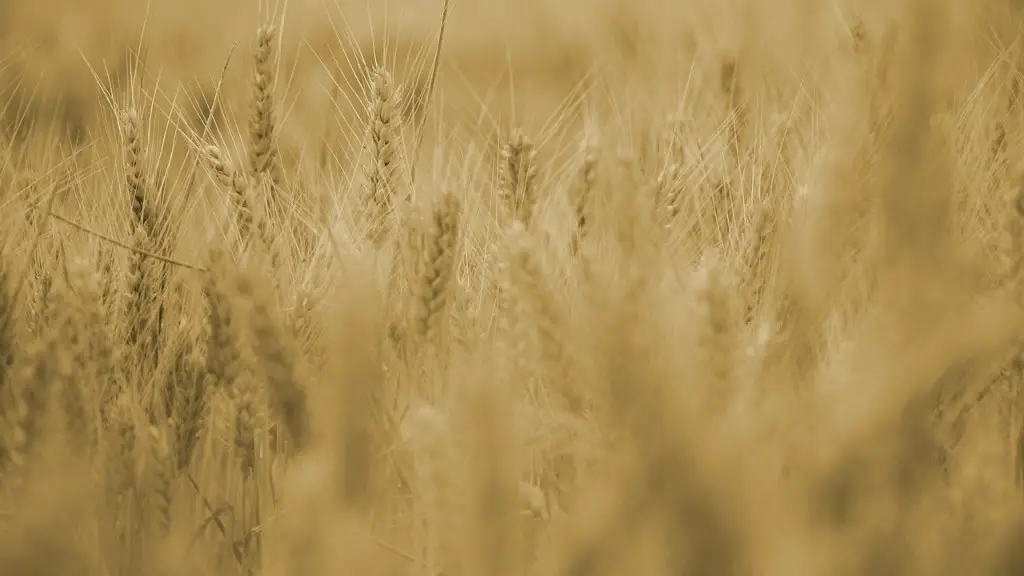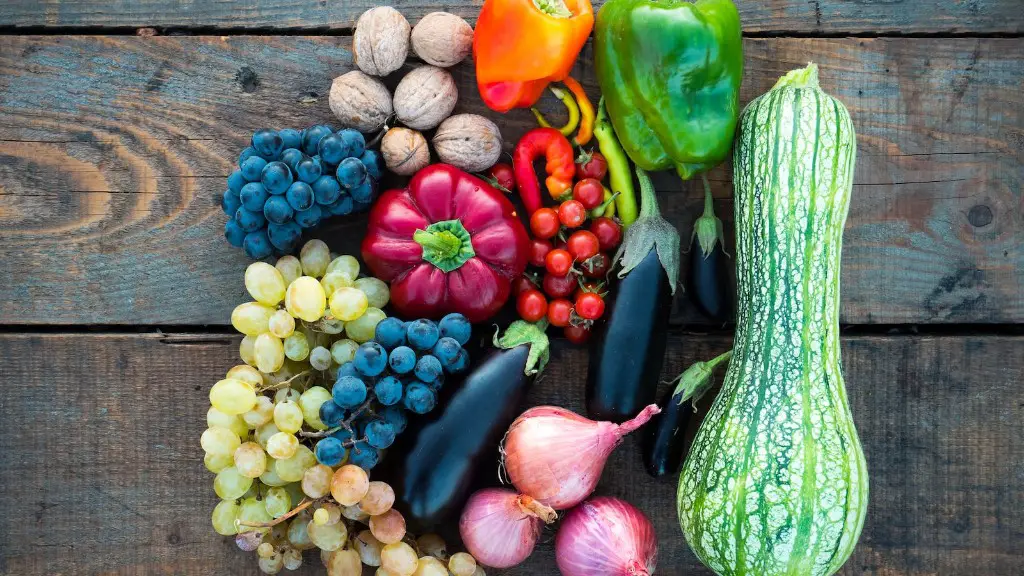When it comes to identifying what makes soil good for agriculture, there are several key factors to consider. Firstly, soil needs to be able to hold sufficient moisture and nutrients, in order to support crop growth. Secondly, the soil needs to be able to facilitate successful root development, enabling plants to access the essential water and nutrients they need. Thirdly, soil requires a relatively balanced pH level in order to sustain favourable microbial activity. Finally, the soil needs to be free of pests, weeds and other unwanted organisms that can cause damage to crops.
Soil Texture
The texture of the soil, or the relative proportion of sand, silt and clay in the soil, is an important factor to consider when assessing how suitable the soil is for agriculture. Different crops can require different types of soil texture, with some plants benefiting from very sandy soils, while others prefer a more loamy texture. Poorly textured soil can impede drainage, cause inefficient nutrient absorption or restrict the growth of roots.
The texture of a soil also reflects the water holding capacity and nutrient retention qualities. For example, sandy soils can hold only a very small amount of moisture and drainage is relatively rapid, whereas clayey soils can take longer to drain, but also hold vast amounts of water and nutrients.
Soil Structure
Having the correct soil structure is also essential for determining how suitable a soil is for agricultural purposes. Soil structure refers to the pattern of aggregates, or lumps of soil, that are present in the soil, and this will be directly impacted by the organisms inhabiting the soil and their activity.
Soil structures that are loose and crumbly, rather than being too hard or brittle, will enable greater water infiltration, as well as speedy root growth, and make it easier for the soil to receive additional water, oxygen and nutrients. The most ideal soil structures tend to be created by earthworms, as their burrowing helps to break down organic material into smaller particles and improves aeration.
Nutrient Content
The nutrient content of a soil is a major factor in how viable it is for agricultural purposes. It must contain a sufficient range of essential elements, such as nitrogen, phosphate, sulphur and magnesium, and should have a pH level that is favourable for crop growth. Adequate levels of organic matter also needs to be present in the soil, in order for it to hold nutrients and facilitate their release when the plants require them.
Because the nutrient content and pH level of soil can quickly be depleted with intensive farming, regular soil testing should be carried out to assess the levels of essential elements and if necessary, appropriate fertilisers should be added to improve the fertility of the soil.
Weed and Pest Control
When assessing the suitability of a soil for agricultural purposes, it’s important to consider the presence of weed and pest populations in the soil. Even if the soil has an ideal texture, structure and nutrient content, an unwelcome infestation can quickly cause damage to crops and reduce yield.
In this case, appropriate management techniques and controls should be put in place to keep weed and pest populations at a manageable level, such as removing weeds by hand, implementing crop rotation and introducing beneficial insects to predate on the pests.
Soil Temperature
The temperature of a soil is a major factor in determining whether the soil is suitable for agricultural purposes. Soil temperature plays a critical role in determining the speed of decomposition and microbial activity, which in turn can affect the release of nutrients and the amount of oxygen in the soil, which can be limiting for some plants.
Soils that are kept too cold can reduce the success of crops, whereas soils kept warm, due to increased air circulation, often lead to a more successful harvest. Ideal soil temperature for most plants lies between 15-20°C, although this does vary slightly depending on the crop.
Soil Erosion
Soil erosion is another factor to consider when assessing how suitable a soil is for agriculture. Soil erosion is the process that takes place when wind or water causes exposed soil to become displaced. Over time, this can result in a soil becoming nutrient depleted and compacted, with unbalanced pH levels.
To prevent soil erosion, consider introducing management tactics such as adding crop residue to the soil, applying mulches to the surface and ensuring that no bare soil remains exposed. Introducing windbreaks and buffer strips, such as hedgerows and habitat piles, can also help to reduce wind speed and keep the soil in place.
Organic Matter
Organic matter is another key factor when assessing the suitability of a soil for agricultural purposes. Organic matter helps to improve the structure, drainage and nutrient content of a soil, as well as increasing the holding capacity for water and oxygen. In addition, organic material helps to buffer soil pH levels, which can be beneficial for some plants.
It is recommended that, where possible, a soil should contain around 4-6% organic matter, although this does vary depending on the crop. Organic matter can be added to soil either directly through the addition of composts or indirectly by introducing cover crops that can be rotavated into the soil.



